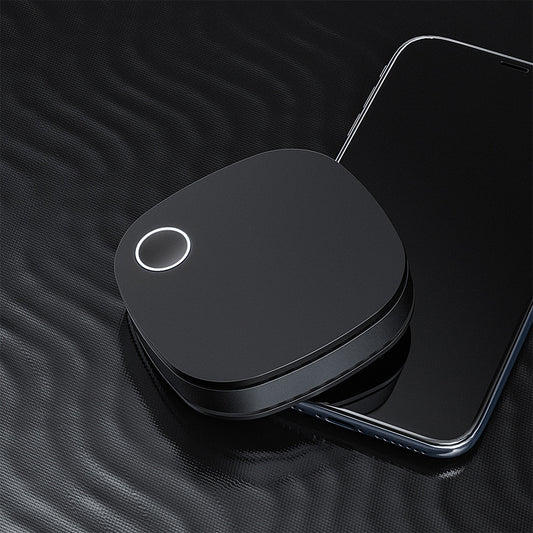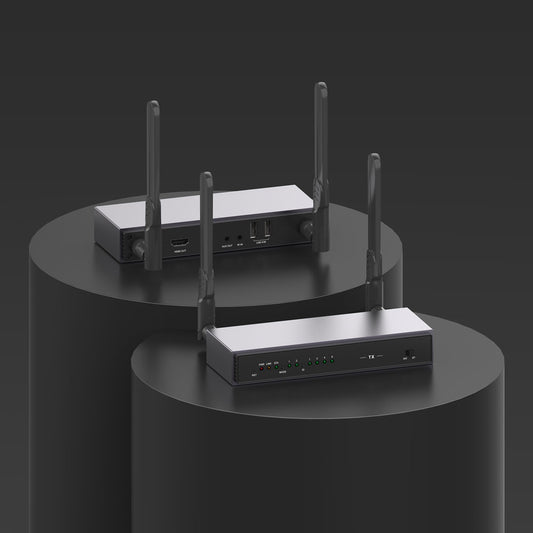
Between HDCP 1.4 and 2.2, What Is The Difference?
Make sure you are familiar with the idea of HDCP before purchasing a new UHD TV, media player, or AVR for your home theatre. By doing this, you can prevent wasting money and seeing the message "HDCP is not authorized" or a blank screen. Make sure the video content you purchase complies with HDCP requirements if you want it to play smoothly.
However, HDCP does not apply if you have a smart TV or projector and stream material straight from its operating system without the use of any additional hardware or wires (i.e. through built-in apps). It only becomes relevant when connecting numerous gadgets with cables (pardon the pun).
What is it?
An AV setup novice might inquire, "What is HDCP?" HDCP, or High-bandwidth Digital Content Protection, is what it says.
Anyone who has attempted to copy a Blockbuster rental will attest to the fact that copy protection and content protection have existed since the VHS era. Macrovision was the name at first, then CSS for DVD, and eventually HDCP, or High-bandwidth Digital Content Protection, for Blu-ray players and HDTV equipment like satellite and cable boxes.
In fact, if you're setting up a home theatre system, not only should your audio-video receiver and HDTV support HDCP, but also your HDMI extender (if you're using one to extend your HDMI connections), HDMI splitter/switch, and the cables you're using for the wiring.
What's the difference between different versions?
Yes, HDCP comes in two main flavours: HDCP 1.4 and HDCP 2.2. HDMI 1.3 and 1.4 are very similar to HDCP 1.4. HDCP 2.2, on the other hand, is very similar to HDMI 2.0. People may occasionally mistake them for HDMI (see HDMI 2.0 VS HDMI 2.1). They are actually entirely separate stories. There are two generations of content protection management: HDCP 1.4 and HDCP 2.2.
HDCP 1.4 is typically used to secure full HD material, whereas HDCP 2.2 is an improved version used to protect 4K UHD. According to its capabilities, HDCP 1.4 supports full HD content. HDCP 2.2, however, is compatible with 4K super HD content. HDCP 2.2 continues to be important for 4K content even after HDMI 2.1 was out on the market.
Wireless Devic
The newest wireless gadgets, including those with WirelessHD or Miracast, can also "see" HDCP 2.2. This is not an emergency, as Wireless 4K was just introduced. What is known, though, is that HDCP 2.2 must still be installed on the monitor, source, and receiver in order to send and receive 4K HD content from wireless senders and receivers (so the whole chain is 2.2).
When a person claims that his wireless equipment supports 4K, but HDCP only supports 1.3 or 1.4, you may infer that they are mostly spreading incorrect information. The ProScreenCast SC01 Miracast dongle has HDMI 2.0 cable and supports HDCP 2.2.
What is AV installation compliant with HDCP?
Let's examine how to ensure that your system is HDCP-compliant after addressing the query of what HDCP is.
As we've already indicated, while integrating and installing intriguing AV equipment, don't forget to pay attention to the connecting cables, HDMI extenders, splitters, or switches. Even though they aren't visible inside the home, they are crucial to ensuring that music and video can be enjoyed freely.
Your AV integration versatility is greatly increased with ProAV solutions, including HDMI extenders, splitters, and switches. These devices also incorporate features like Ethernet pass-through, ARC (audio return channel), and IR control extension. The most common function, ARC, which helps transfer the audio from built-in TV apps to your AV receiver, is nearly a requirement for a home theatre.
For full HD and 4K UHD experiences, the majority of ProScreenCast's products have embraced HDCP 1.4, HDCP 2.2, or HDCP 2.3. At the end of the article, there is a selection of items that could satisfy your various home theatre installation requirements.
FAQs
Is HDMI 2.2 in Use?
Undoubtedly, HDMI 2.2 exists. Two HDCP versions—HDCP 1.4 and HDCP 2.2—were available as of 2020. They may confuse people because they closely resemble HDMI 1.4 and 2.0, respectively. The HDMI ports on your compatible devices are more likely to have the HDCP 2.2 label next to them. HDCP 1.4 and HDCP 2.2 both support 1080p content, while HDCP 2.2 also supports 4K resolution. For more information, click to read another article.
Are Special Cables Needed for HDMI 2.2?
In fact, a separate cable is needed for HDMI 2.2. A premium high-speed HDMI cable should be used for every cable in your setup. An HDMI input that is HDCP 2.2 compatible should therefore be present on your television. The TV must therefore have at least one HDMI input that supports HDCP 2.2, which must be confirmed. The HDCP 2.2 feature will not function if one of your cables is poor while the rest of your setup uses only high-quality, High-Speed HDMI cables.








